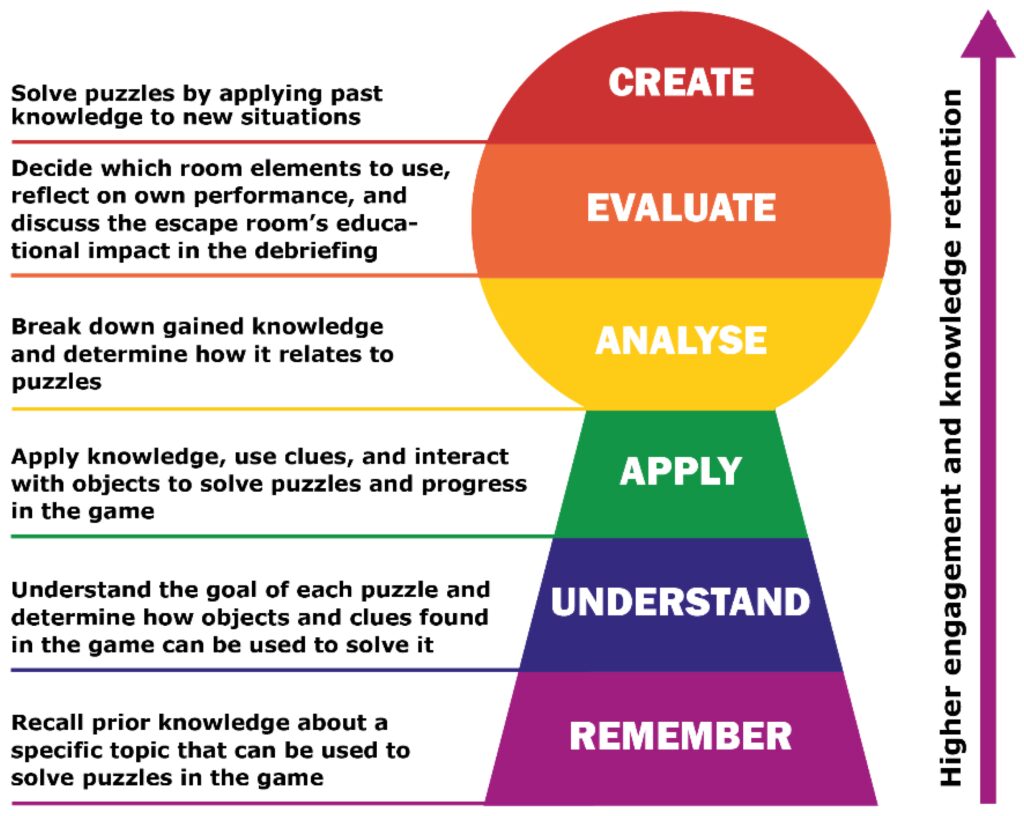Game development requires a combination of software and hardware tools to create immersive and engaging games for players. The essential items for game development include game engines, integrated development environments (IDEs), graphics and multimedia software, version control systems (VCS), and hardware and peripherals. Game engines come in various sizes and complexities and should be selected based on the target platform, project size, and team experience level. IDEs provide a comprehensive development environment for coding game features, testing gameplay, and debugging code errors. Professional 2D and 3D modeling tools, texture mapping software, screen recording, and editing tools are essential for creating detailed character and environment models. Finally, version control systems help collaborative development teams store and modify code in a shared location, while high-performance hardware and peripherals enhance the development experience.
Introduction
Video games have provided entertainment and immersion for players all over the world for the past few decades. Behind every successful game release is a team of talented developers and a carefully curated toolbox of software and hardware. In this article, we will take a deep dive into the essential tools and equipment for game development.
Game Engines
The first item on the list is the game engine – the software that controls and manages every aspect of a game. Game engines come in various sizes and complexities, from full-featured engines like Unity and UE4 to lightweight engines like GameMaker and Construct. Choosing the right engine for a game depends on the target platform, project size, and team experience level. Generally, full-featured engines offer versatility and scalability but may require more technical knowledge to work with. Smaller engines are easier to learn and offer a simpler development experience but may have limitations in terms of advanced features and performance.
Integrated Development Environments (IDEs)
An Integrated Development Environment (IDE) is a software application that provides a comprehensive development environment for coding game features, testing gameplay, and debugging code errors. IDEs offer a set of tools for compilers, debuggers, and version control systems, which aid in creating code and tracking changes to the codebase. The most commonly used IDEs for game development are Visual Studio, Xcode, and Eclipse.
Graphics and Multimedia Software
Game development is not only about coding; it also requires extensive use of graphics and multimedia software. Professional 2D and 3D modeling tools like Blender, 3DS Max, and Maya are essential for creating detailed character and environment models. Texture mapping software like Substance Designer, Daz Studio, and Marvelous Designer help developers create many texture variations that make the game look more realistic. Screen recording and editing tools like OBS, Audacity, Fraps, and Camtasia are necessary for recording and sharing game footage and audio.
Version Control Systems
Version control systems (VCS) are beneficial for collaborative development teams. VCS provides a platform for multiple developers to store and modify code in a shared location. This allows team members to work concurrently without the risk of losing changes to the main codebase. Popular version control systems include Git, SVN, and Mercurial.
Hardware and Peripherals
Apart from software tools, game development also requires specific hardware and peripherals. Top-notch graphics cards and processors are necessary for creating complex 3D environments and rendering high-quality images. High-performance monitors are also essential for correctly viewing and editing high-resolution graphics. Input devices like gaming keyboards, mice, and gamepads can enhance the development experience by providing more accurate control and quicker access to frequently used commands.
Conclusion
Game development is a complex and challenging process that requires extensive teamwork, skill, and numerous software and hardware tools. The essential items highlighted in this article are just the tip of the iceberg, and there are more specialized tools available for specific use cases. Developers must research and carefully choose their software and hardware to ensure that they have access to the best tools for the job. With a well-equipped toolbox, a developer can create immersive and engaging games that captivate players’ hearts and minds.
